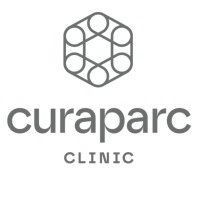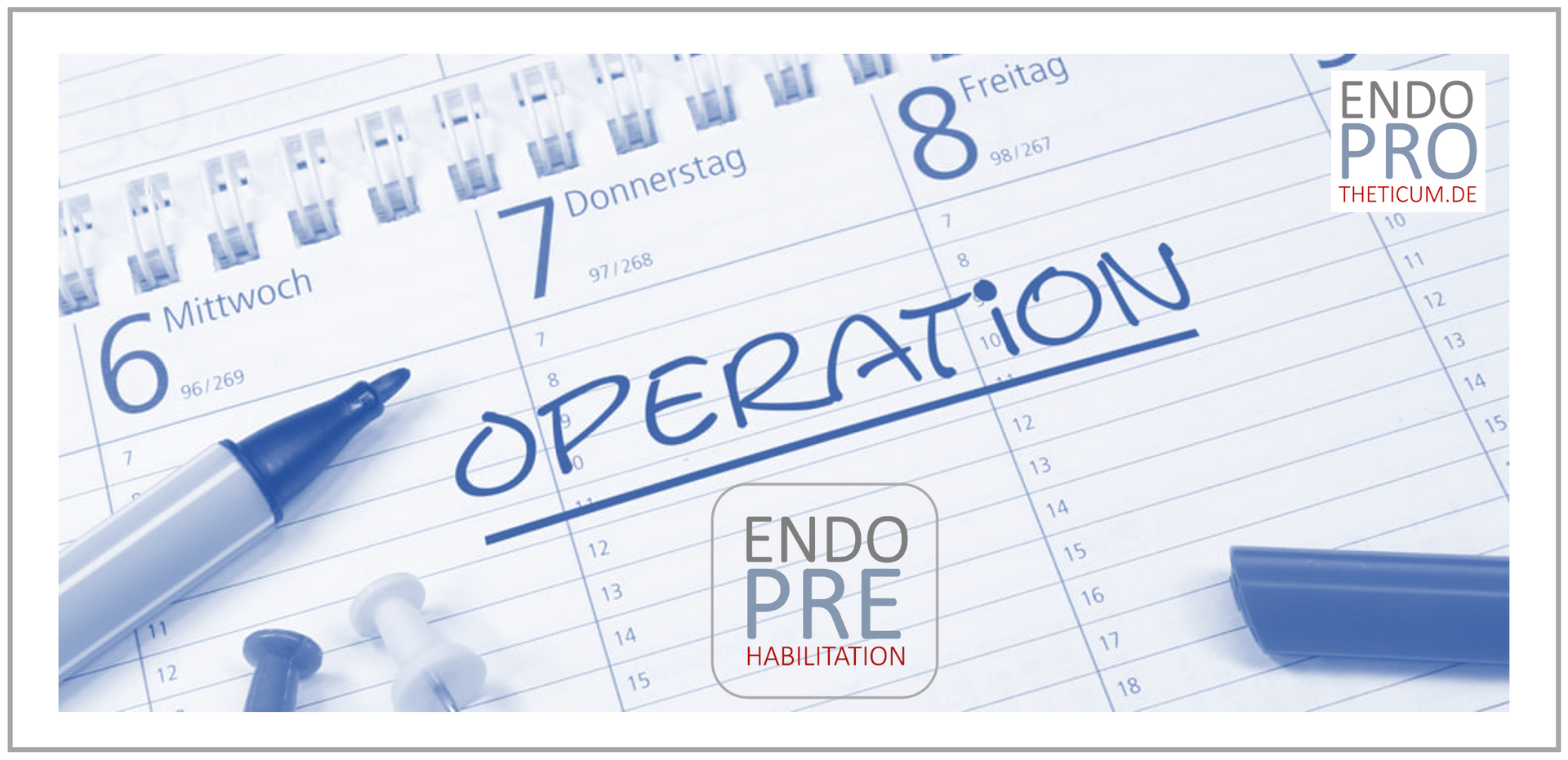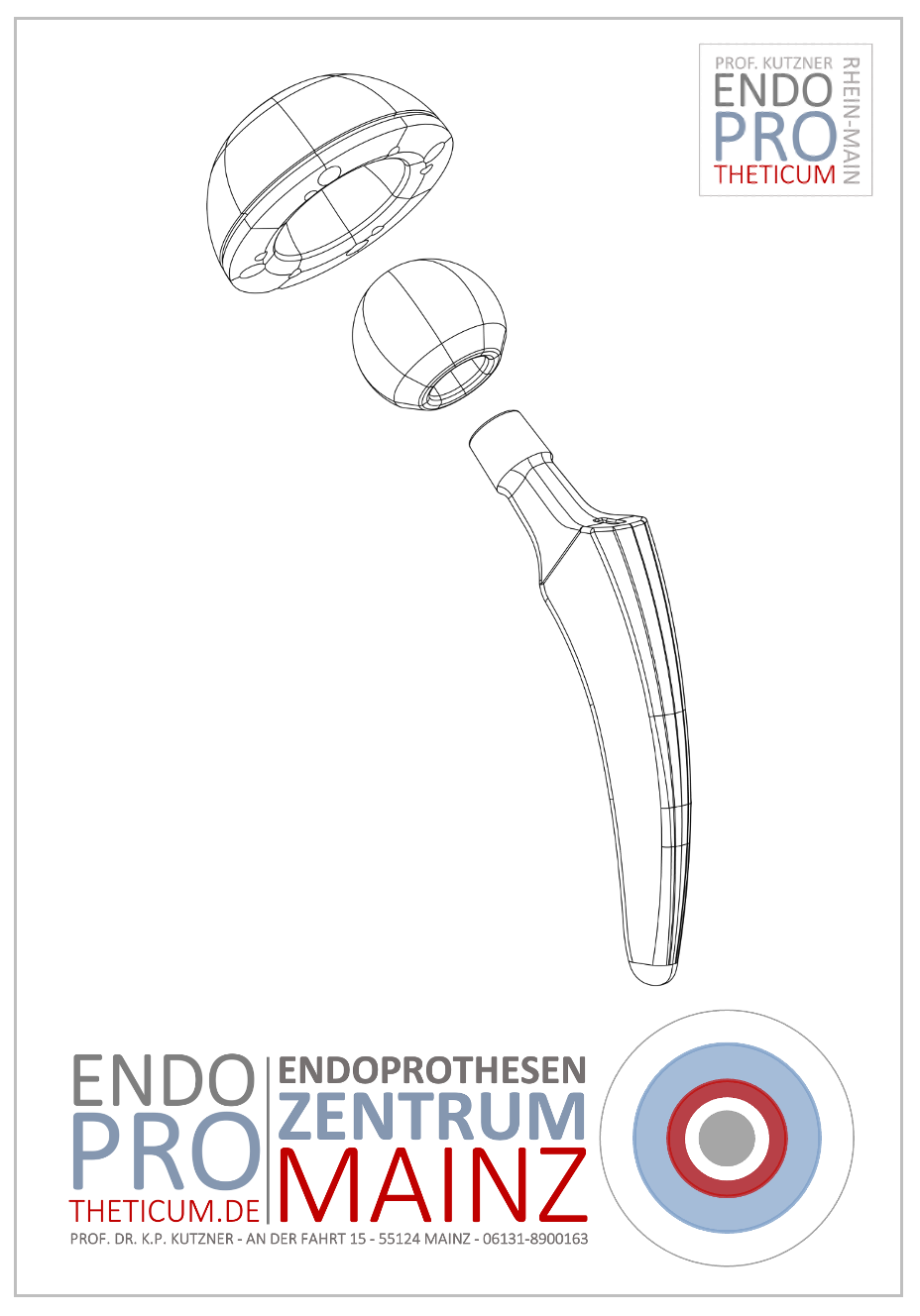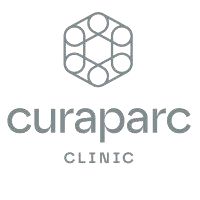The hip offset-why is the right reconstruction using a hip-TEP so important?
Why the offset should not be too small and not too big when implanting a hip tep

The offset of the hip plays a crucial role in the biomechanical function of the hip joint. Especially when implanting an artificial hip (hip-TEP), an exact reconstruction of the offset is required to ensure optimal power distribution, joint stability and muscle function. If the offset is not restored correctly, various complications such as instability, muscle weakness or even chronic pain can occur. In this article, the anatomy, the different types of offset, the strategies for reconstruction and the consequences of faulty offset recovery are explained in detail.
Anatomy of the hip officer: What is the offset?
The offset of the hip describes the side distance between the center of the thigh head and the center line of the thigh. It influences the tension of the surrounding muscles, especially the M. Gluteus Medius, and contributes to the stability of the hip joint. There are three main types of offset:
- Pan fashion set (acetabular offset): refers to the distance between the middle of the pan and the pool. A faulty reconstruction can lead to a poor distribution of strength.
- Schaftoffset (femoral offset): The lateral distance of the shaft from the thigh bone. An enlarged shaft offset can change the muscle tension.
- Overall offset: the combination of pan and shaft offset, which describes the entire lateral shift of the hip.
Strategies for offset reconstruction in a hip-TEP
When implanting a hip prosthesis, there are various ways to correctly restore the offset:
- Individual adaptation of the pan position: The panoff set can be reconstructed exactly by optimal placement of the pan.
- Selection of the appropriate shaft design: Different shaft models offer different offset variants to enable the best possible reconstruction.
- Modular prosthesis components: allow a finer adaptation of the offset by using different neck lengths and angles.
Medialization of the pan and compensatory enlargement of the shaft offset
The medialization of the pan means that the prosthesis pan is slightly positioned inwards (towards the pool). This reduces the lateral shift of the joint center and enables better load distribution in the pelvic area. In order to maintain the overall offset, the shaft material is enlarged accordingly. This combination leads to an optimized lever arm of the hip muscles and improves the stability of the joint.
This results in a higher efficiency of the Musculus Gluteus Medius, which minimizes postoperative muscle weakness and improves the gait.
Follow a faulty offset reconstruction
Offset loss
A reduced offset can lead to the lever arm of the abductors shortened, which reduces muscle strength. This can express itself in gait disorders, instability and an increased risk of luxation. In addition, lower offset recovery can lead to an uneven strain on the prosthesis, which favors wear.
Enlargement of the offset
Too large offset means that the muscles are overstretched. This can cause chronic pain, muscular dysbalances and increased stress on the Bursa Trochanterica, which can lead to bursitis (bursitis). Patients with excessive offset enlargement often report on persistent lateral hip pain, since the soft tissues are exposed to an unnatural tension. In addition, this can lead to limited mobility and affect muscle function in the long term.
Conclusion: Offset reconstruction on the hip is crucial!
The exact reconstruction of the offset is crucial for the success of a hip tep. A false restoration, be it due to offset loss or an offset increase, can have significant negative consequences, including instability, muscle weakness and chronic pain. Modern prostheses and surgical techniques today enable more precise adaptation of the offset, so that patients can expect an optimal function and durability of their hip prosthesis. Therefore, the offset reconstruction should always be carefully planned and individually adjusted to avoid possible complications.
MAKE AN APPOINTMENT?
You are welcome to make an appointment either by phone or online .



























